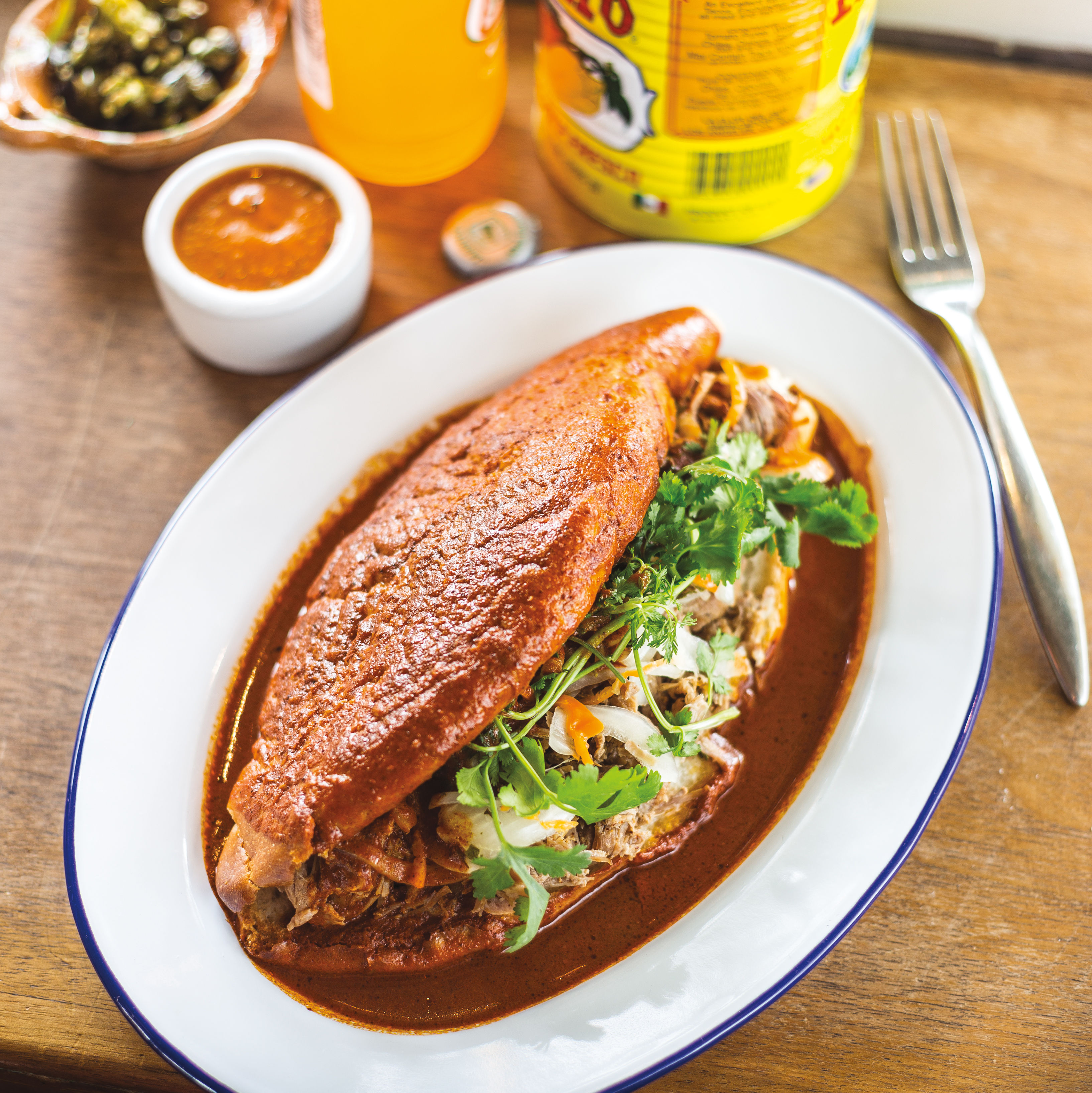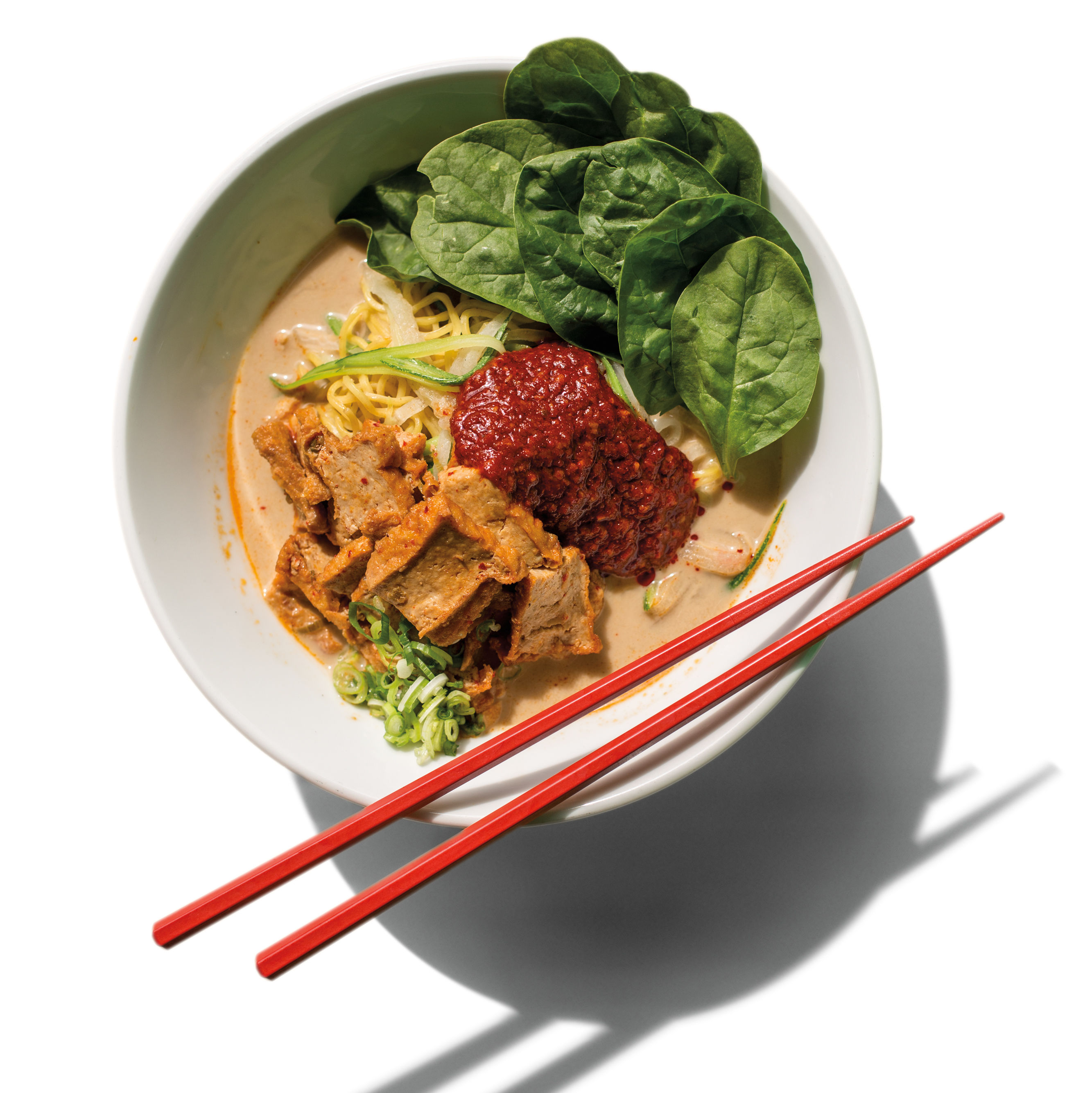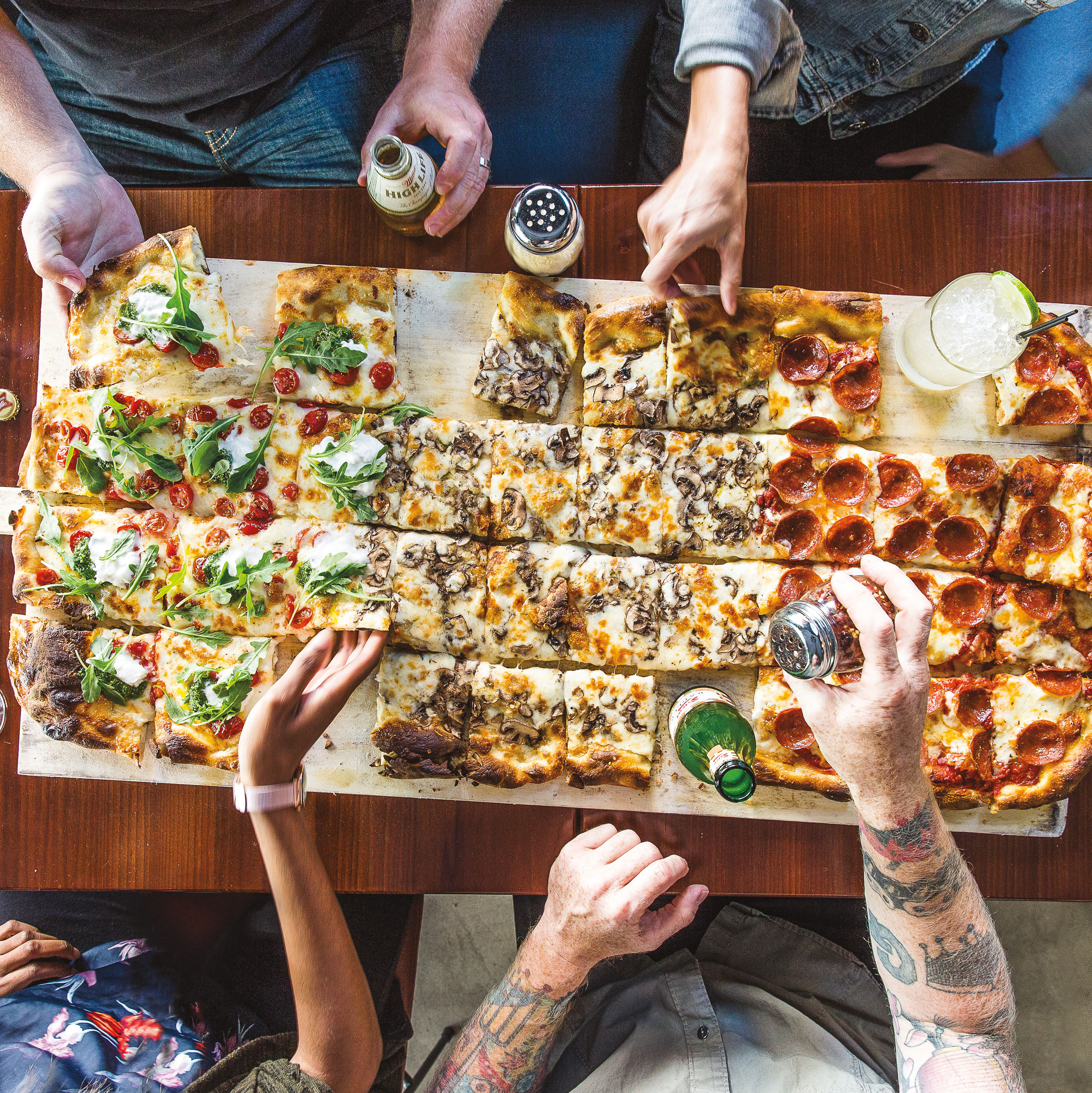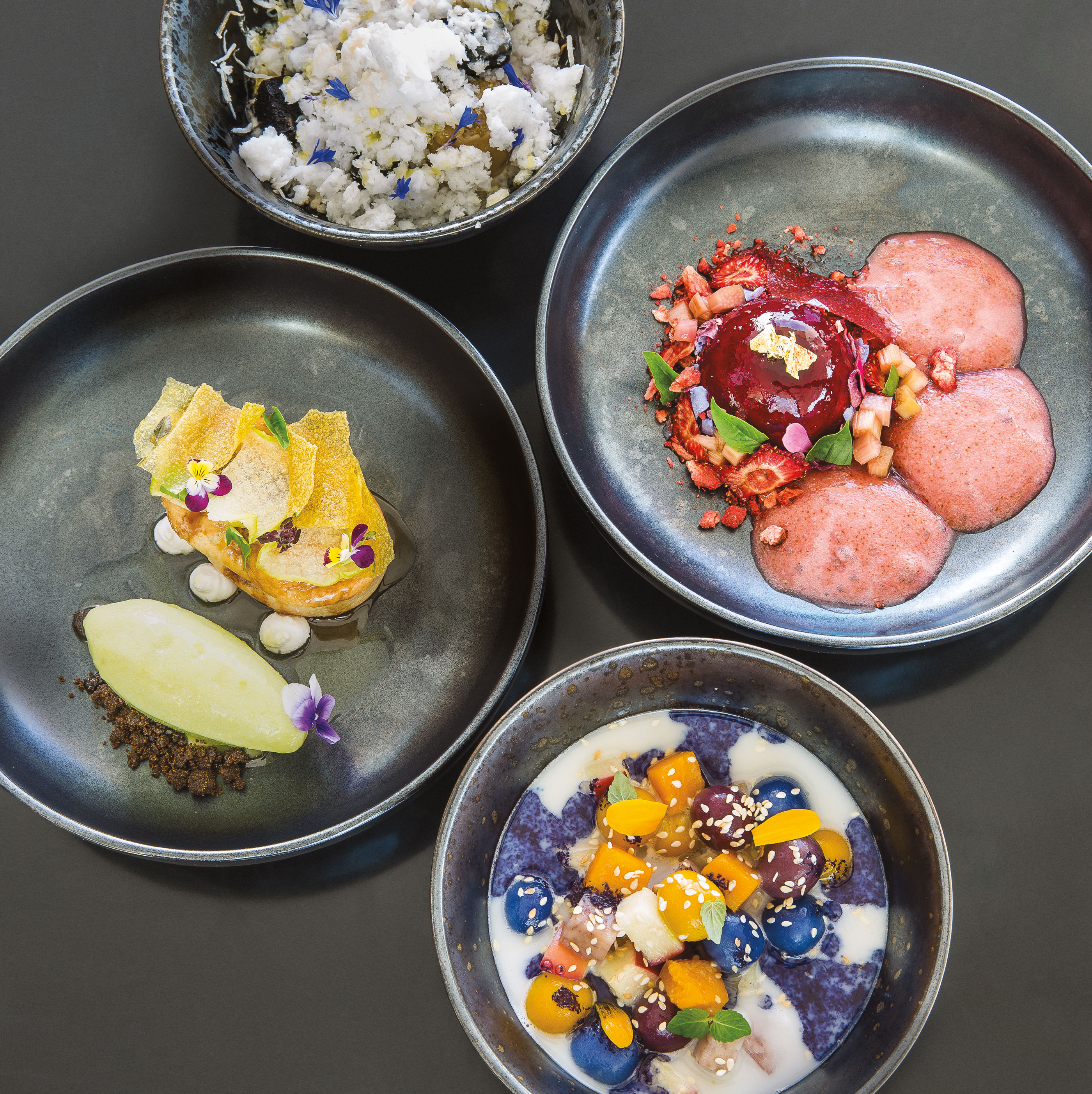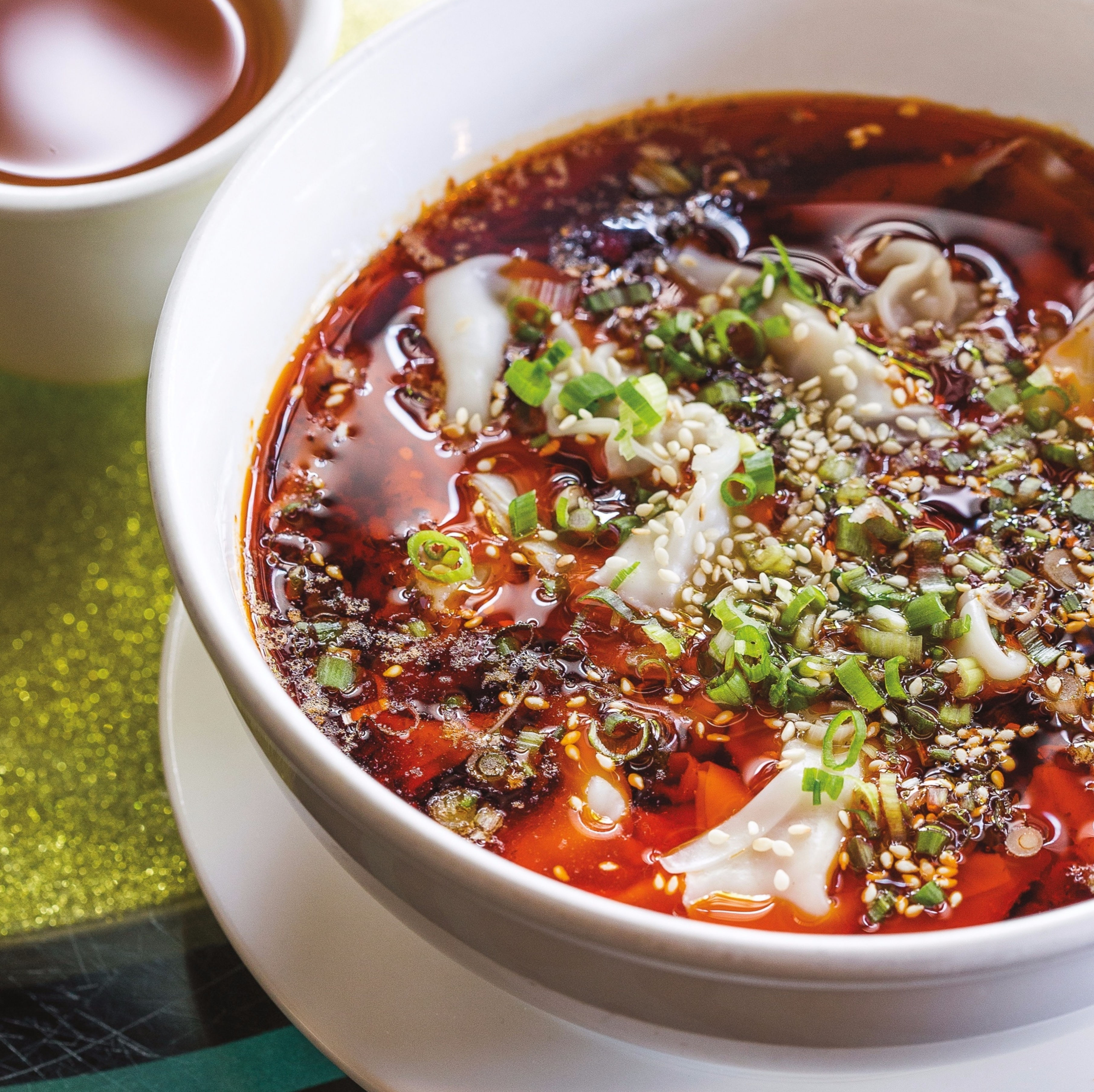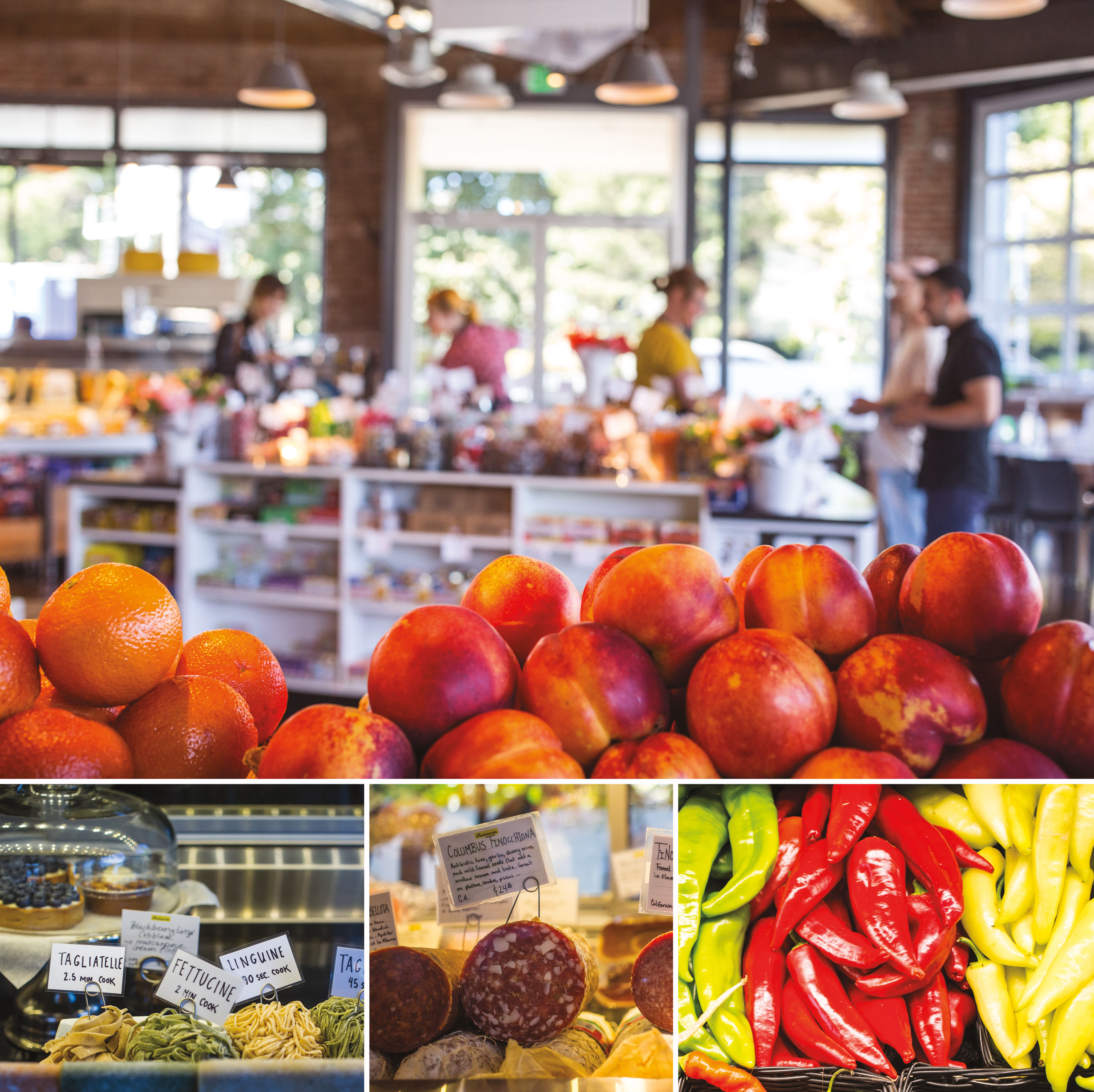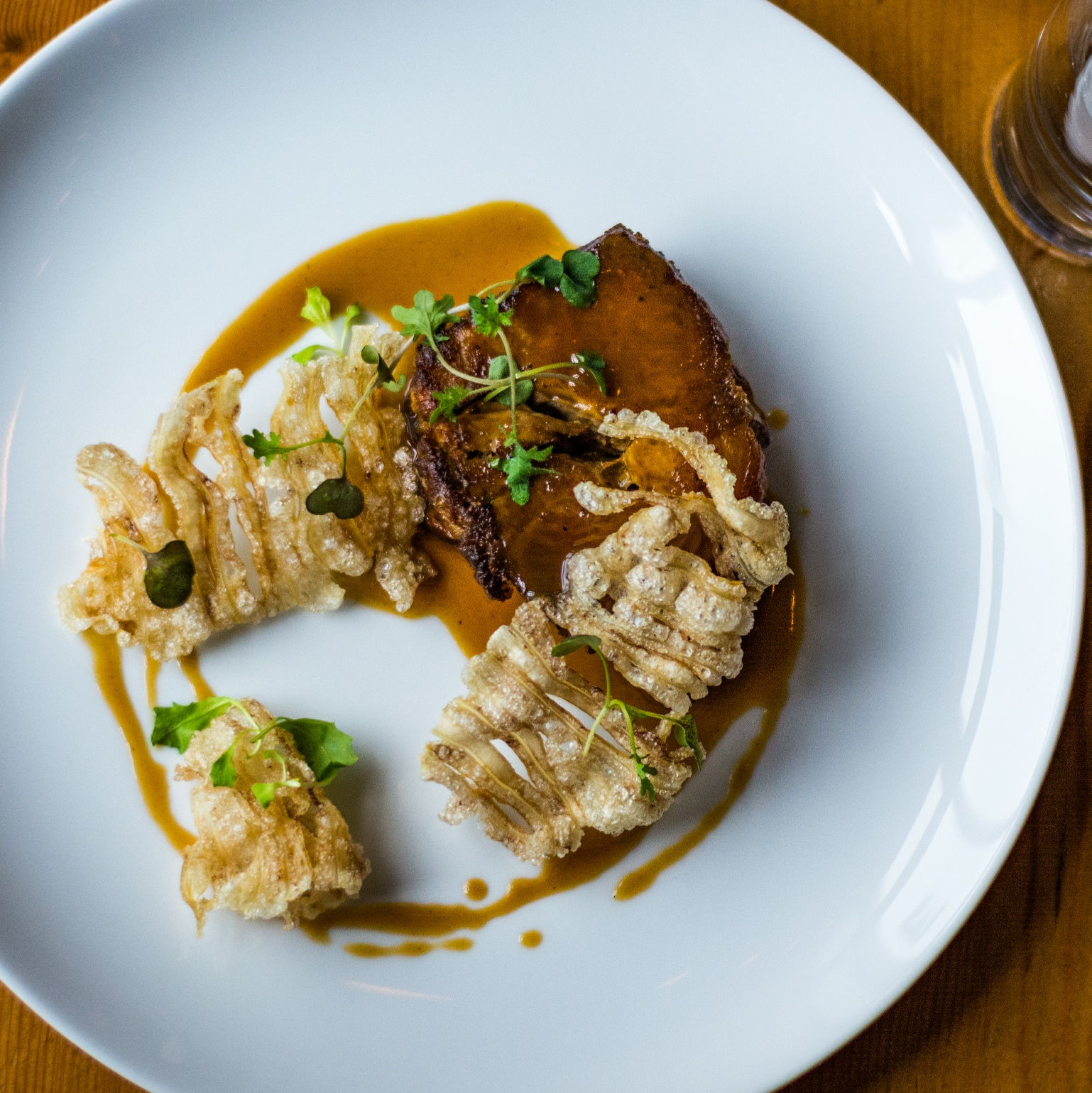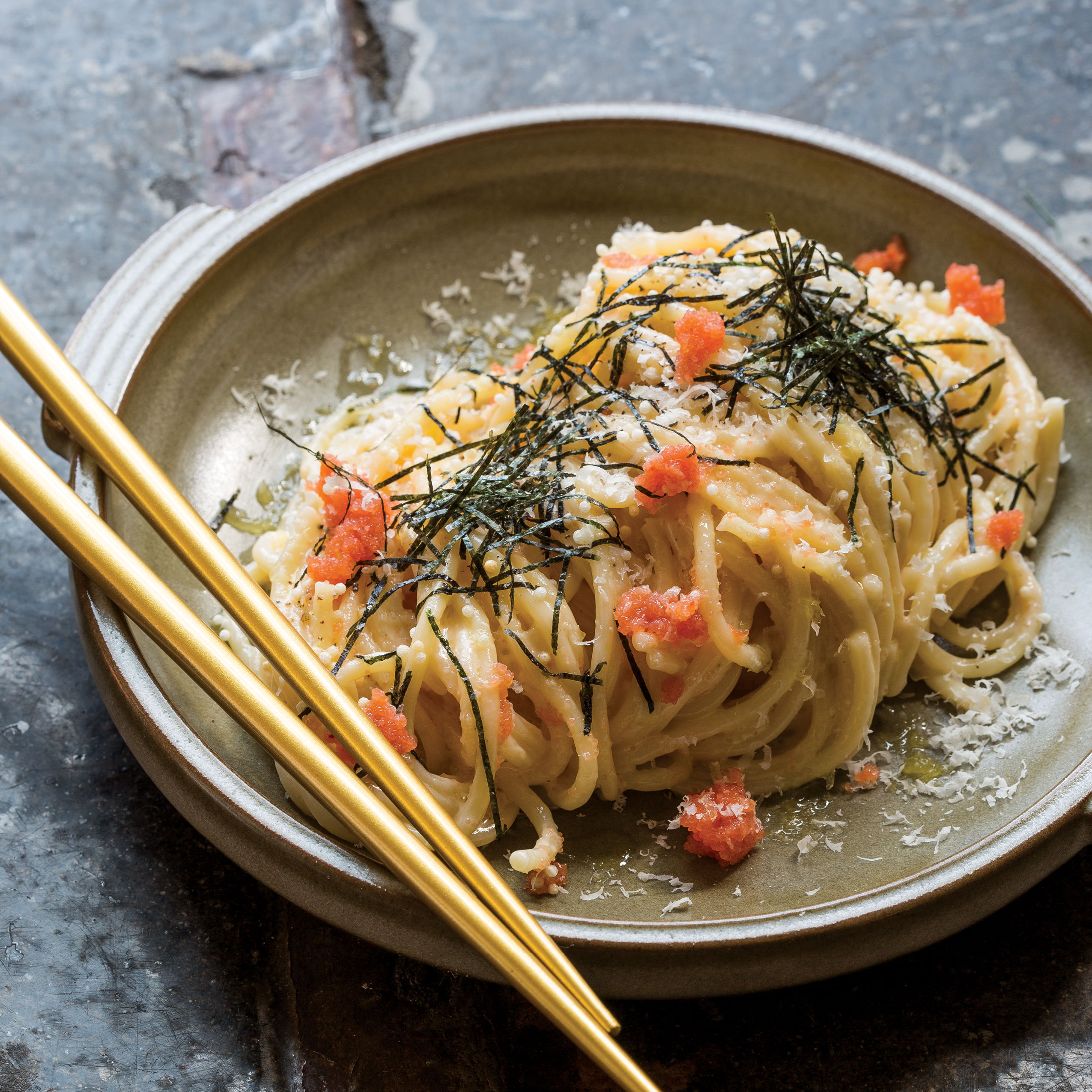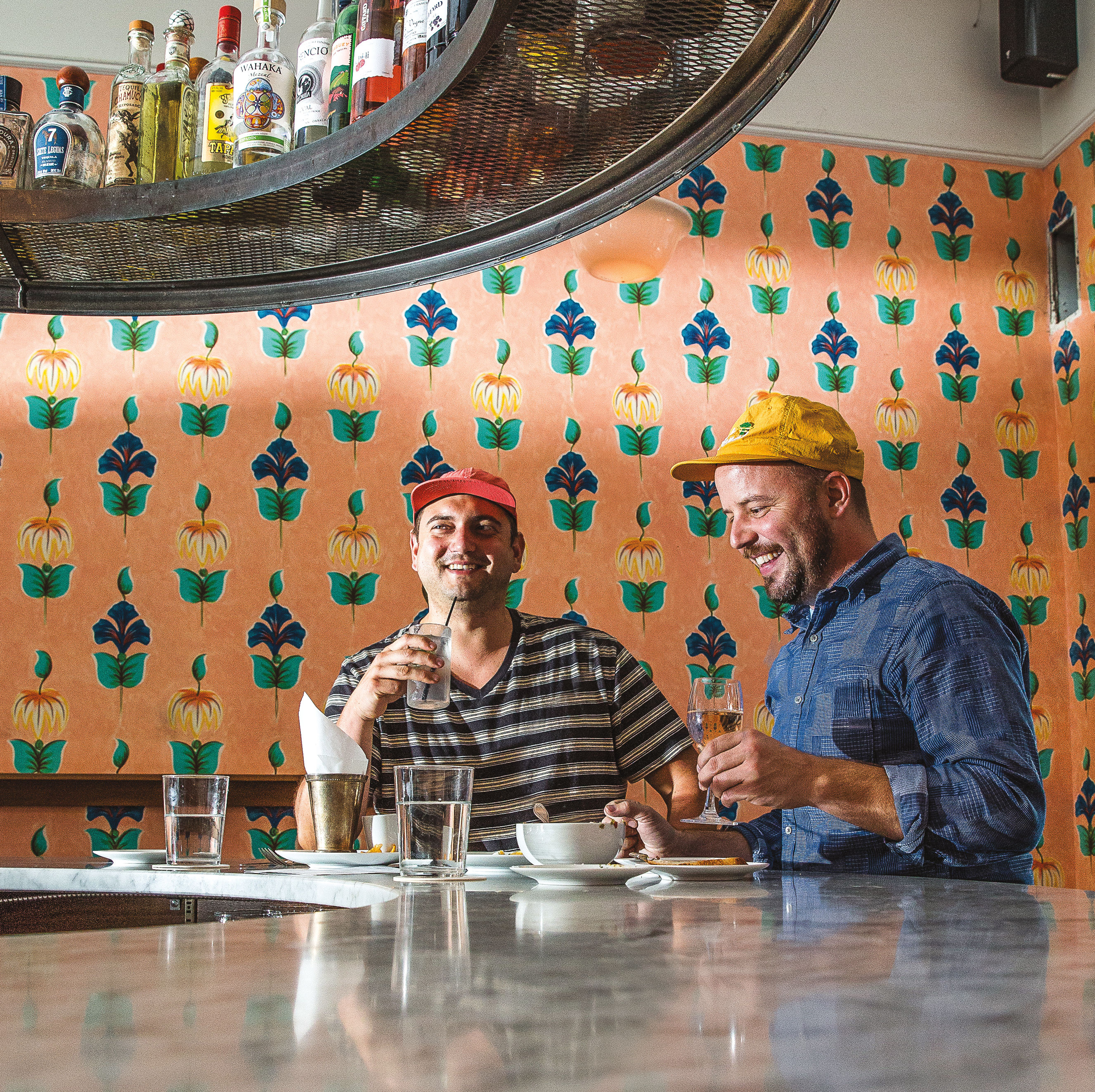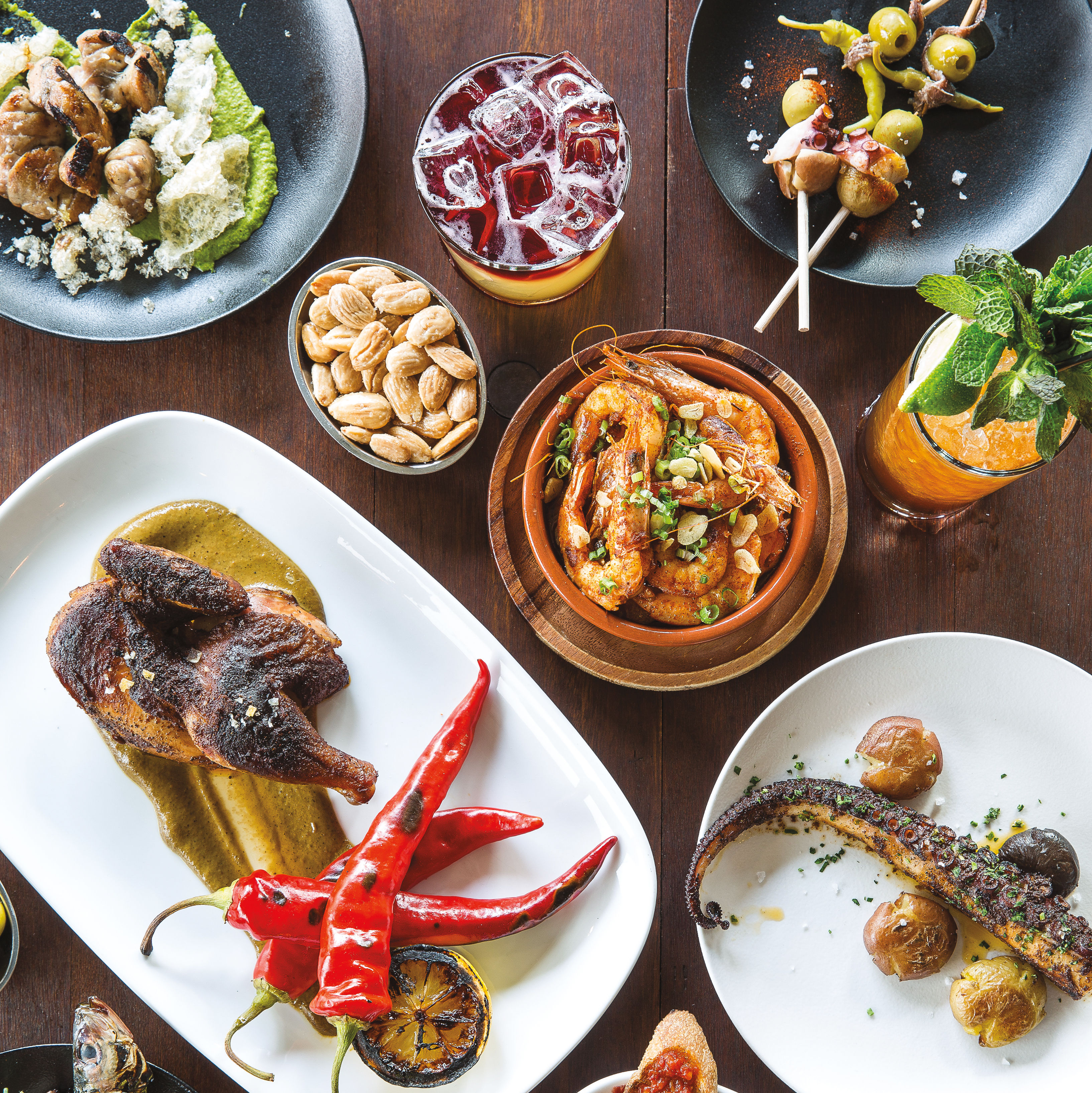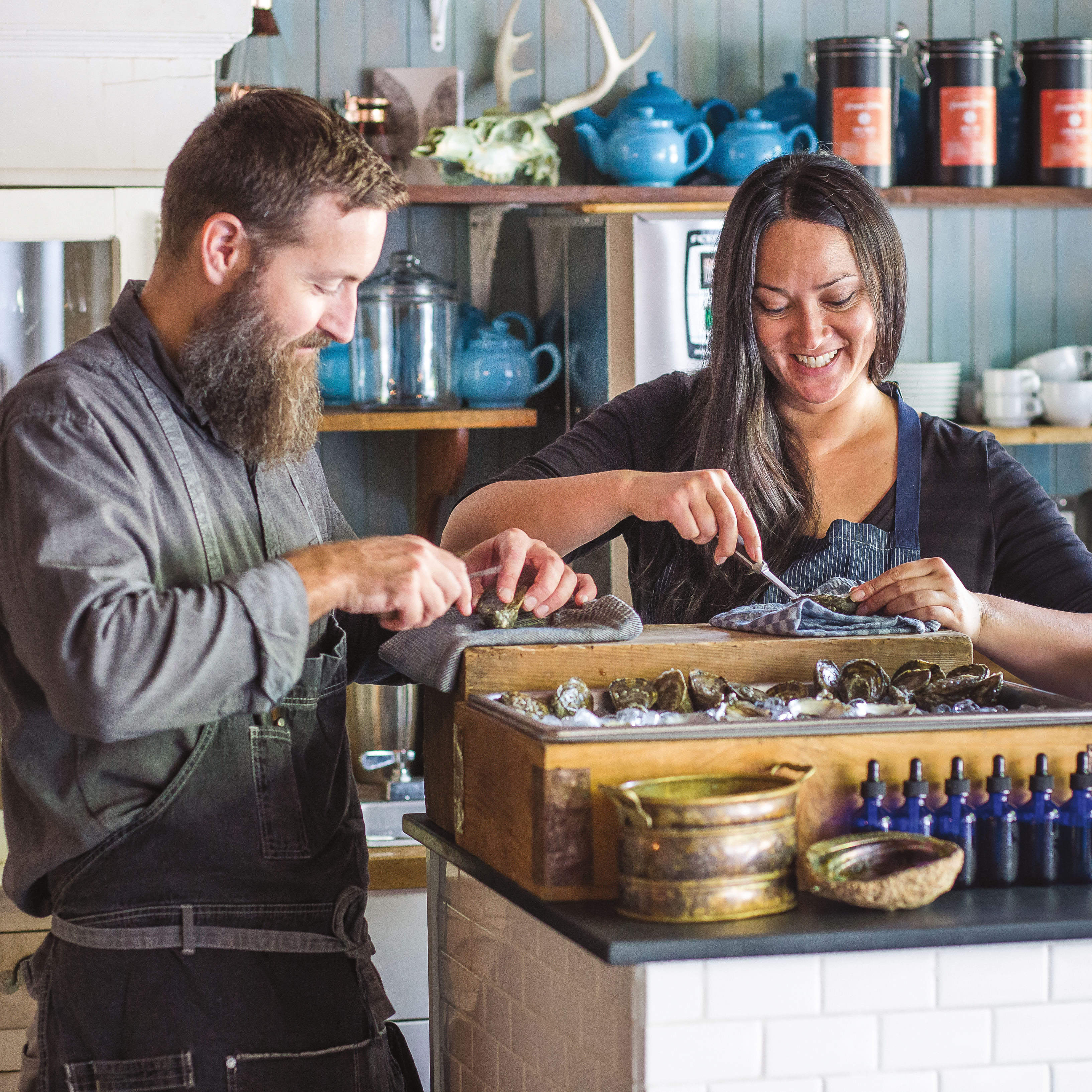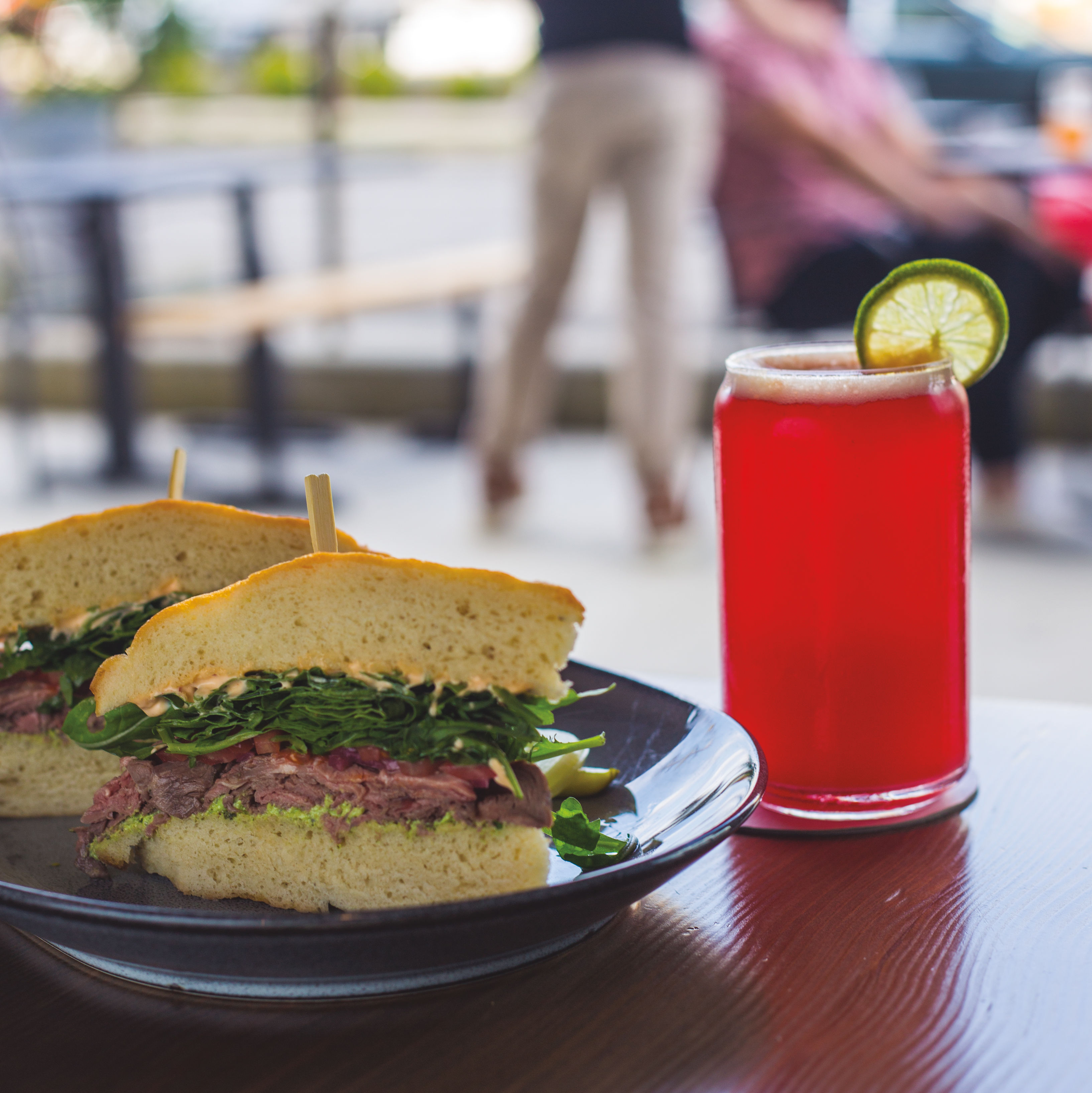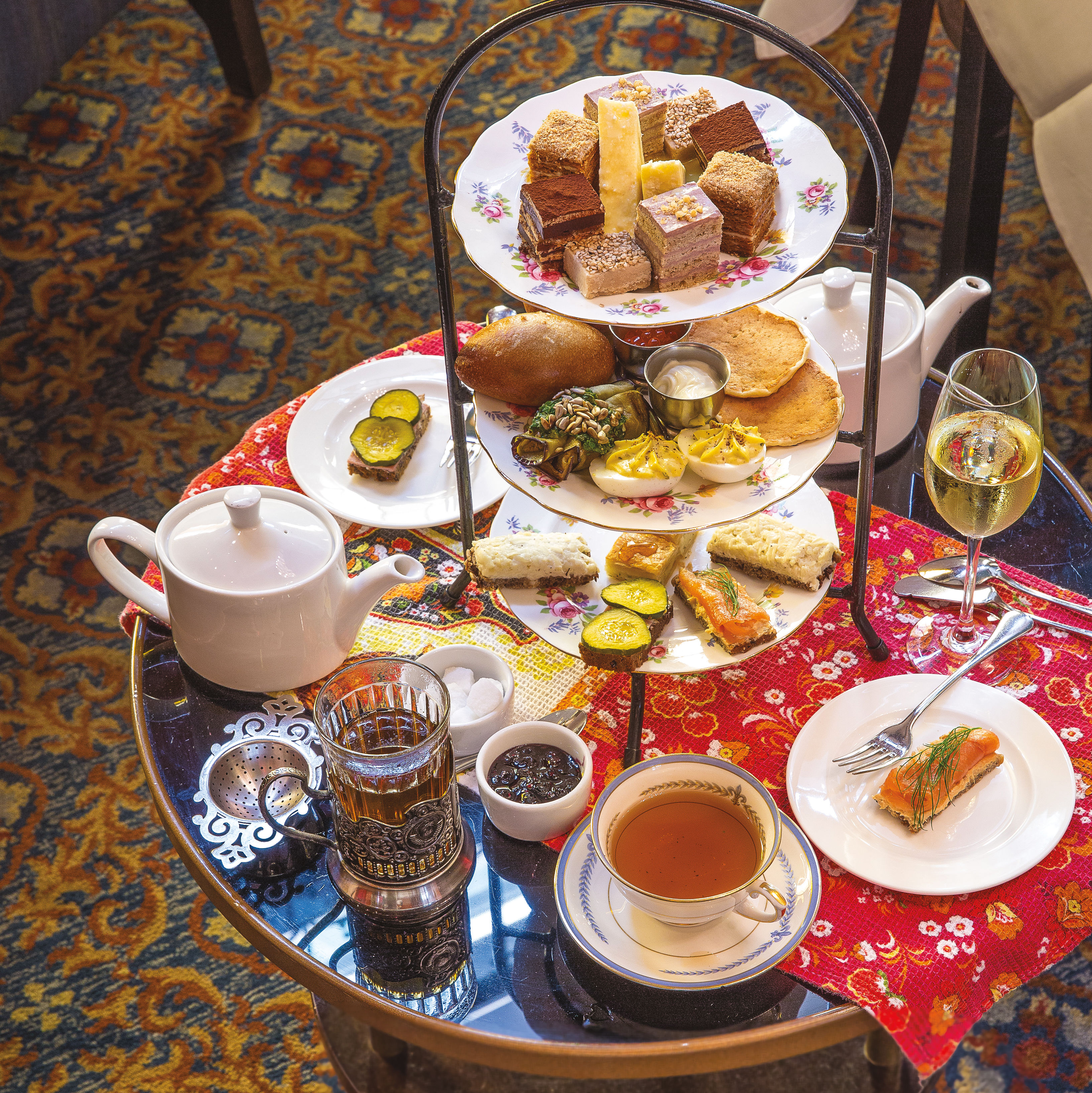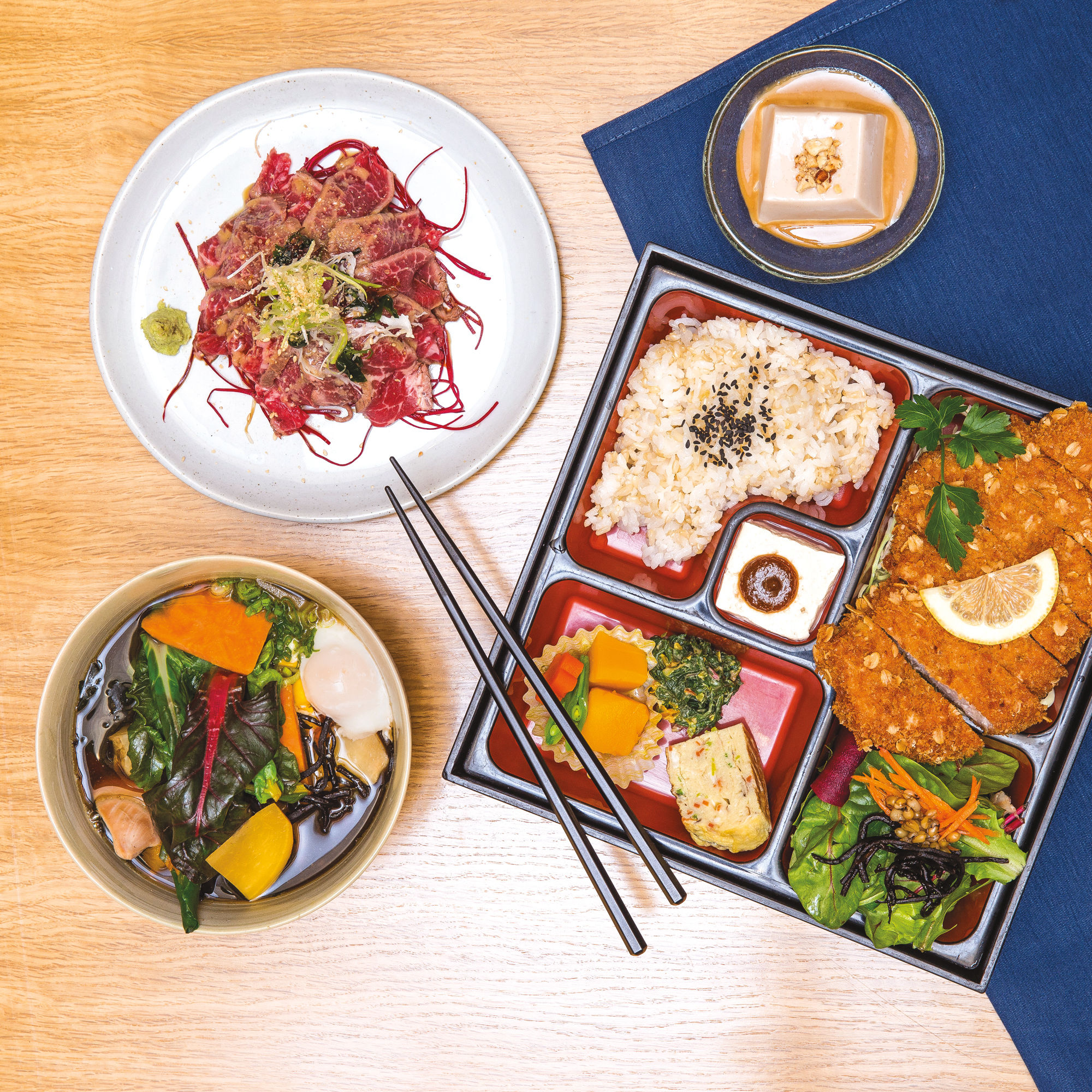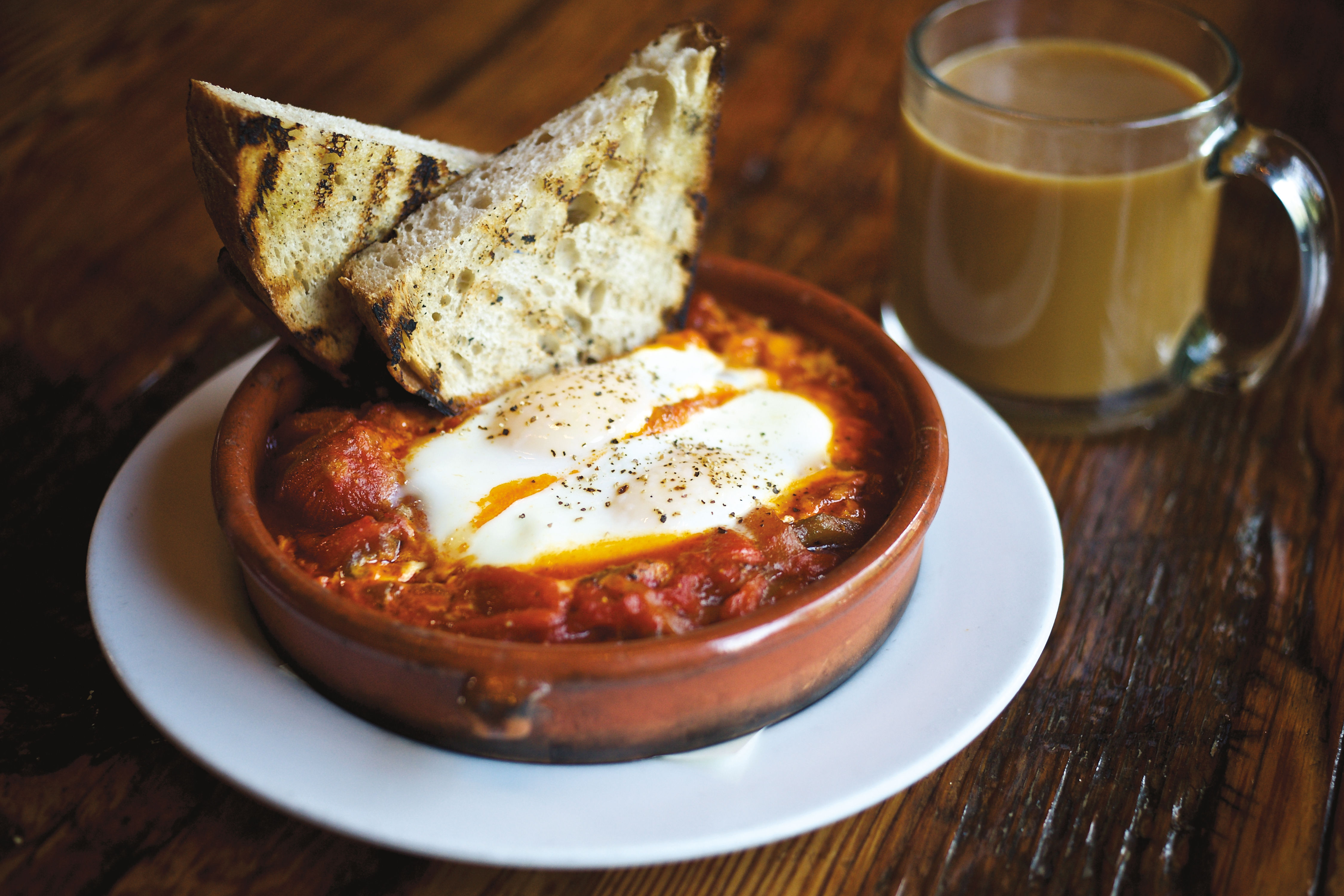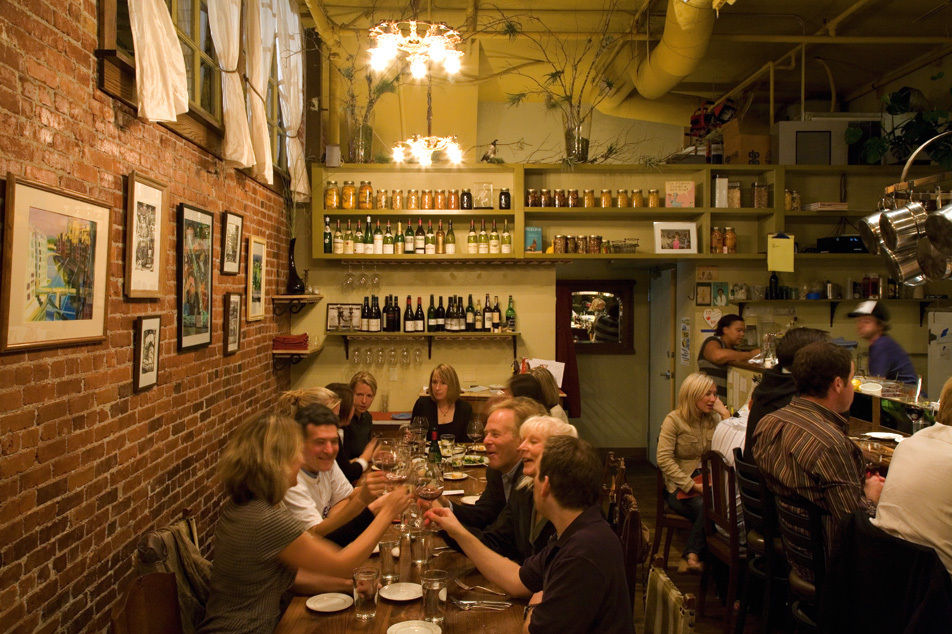So Many Great Portland Restaurants Opened in 2007. Are They Still Good?
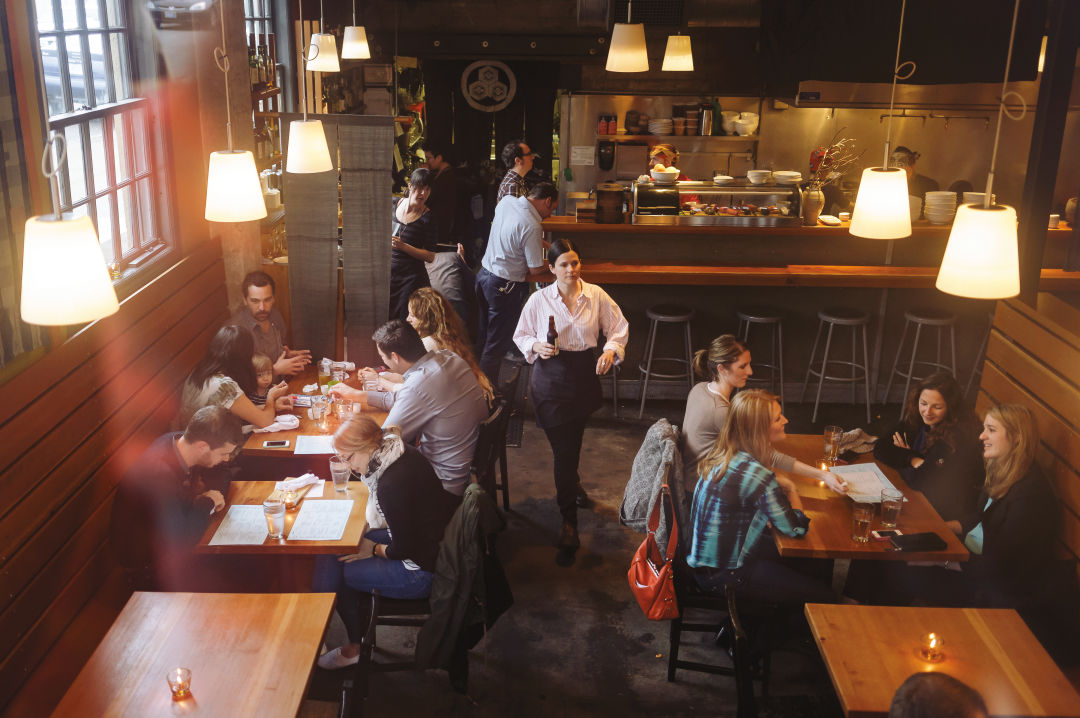
Biwa
Image: Courtesy Nashco Photo
A decade ago, five defining Portland restaurants lit their first burners—kindling future cookbook deals, spin-off eateries, and national awards. How does local dining’s golden generation stack up in 2017?
Biwa
Other Restaurants: Noraneko (2015)
One thing you can say about Gabe Rosen and Kina Voelz, owners of Biwa, Portland’s pioneering izakaya: they are not content resting on their laurels. The duo is always tinkering in the laboratory: turning out house miso and kombucha, launching outdoor grills for beak-to-feet yakitori skewers, and opening a dedicated ramen den that serves healthy juices and salads. To mark their decade in Portland, instead of writing a cookbook or opening a second location, they bisected Biwa into two restaurants, steps apart. Crazy? Kind of. The idea flopped in less than a year, and they reverted back to good ol’ Biwa.
But Portland’s Japanese scene—maybe more than any other national cuisine here—has exploded in the past 10 years, in part due to an influx of Tokyo-famous chains. Great noodles now gush from every quadrant; imports like Southeast Portland’s Afuri serve up dialed-in izakaya options that eclipse Biwa’s homegrown menu by a long shot. Meanwhile, once-edgy Biwa has grown consistently inconsistent: bland broths, undercharred, underseasoned skewers, and gloppy okonymiyaki experiments.
It’s no longer a destination. But Biwa will always be a worthy neighborhood spot, hidden belowground with cozy nooks, good gyoza, carefully sourced sashimi, and the perpetually famous char siu pork burger. All that—and the knowledge that without Biwa, Portland might still be holding its chopsticks upside-down, puzzling between ramen and udon. —BT
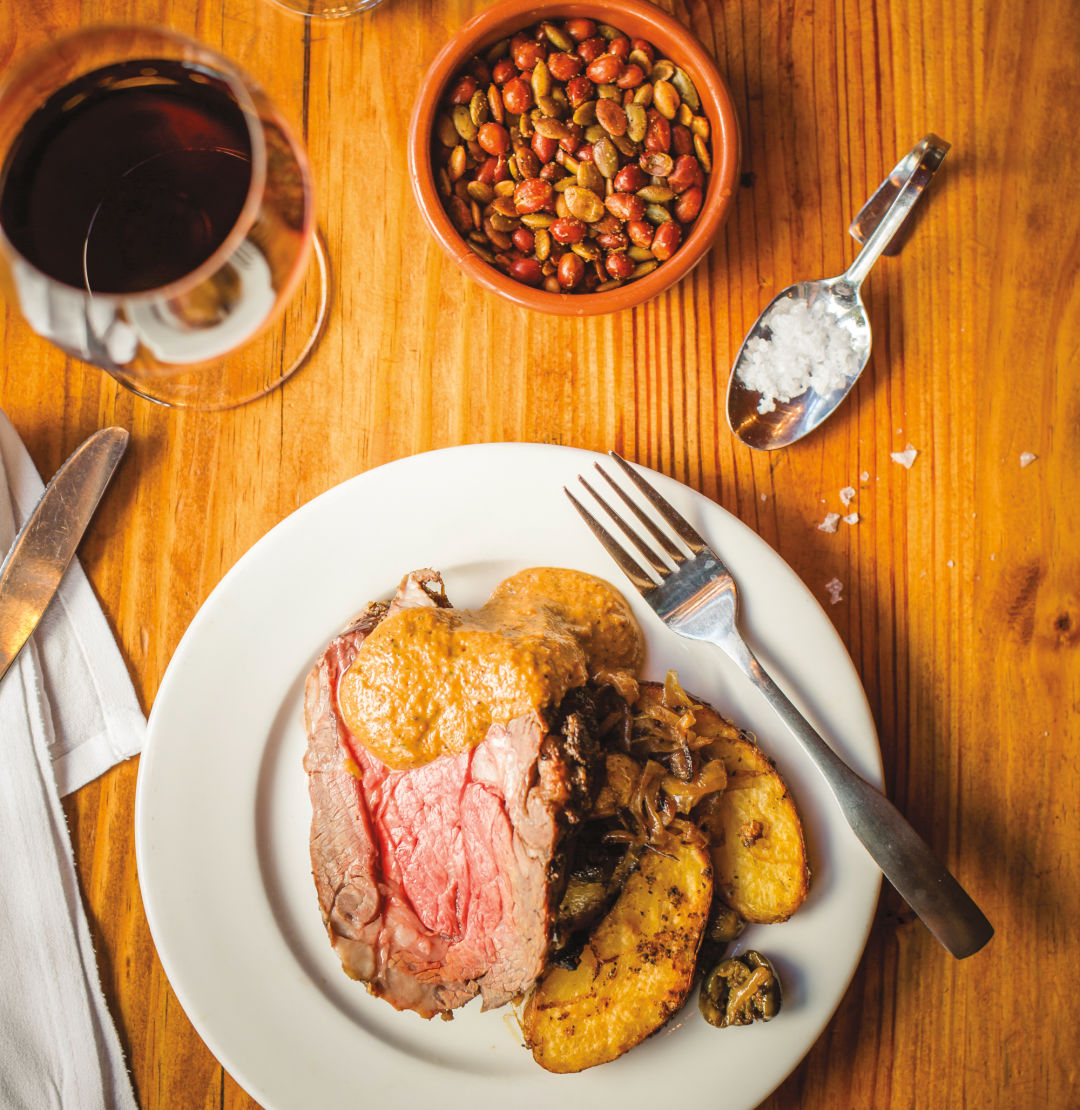
Toro Bravo's coppa steak with a dollop of salbitxada
Image: Courtesy Nashco Photo
Toro Bravo
Other Restaurants: Tasty n Sons (2010), Tasty n Alder (2012), The Mediterranean Exploration Company (2014), Shalom Y’All (2016), Bless Your Heart Burgers (2016), Third n Tasty (2018)
Cookbooks: Toro Bravo (2013), Hello! My Name Is Tasty (2017)
Over the past decade, restaurateur John Gorham has opened six thriving restaurants, enveloping the Portland area like a gluttonous ladling of duck fat. It’s practically a given that a new Gorham project—often, a take on family-style Mediterranean-meets-comfort food, dressed up or down—will prove bankable, cycling through shakshuka-starved diners from brunch till darkest night.
The empire took root that auspicious year, when Gorham launched the garnet-walled, tapas-inspired Toro Bravo in Northeast Portland. Gorham—seasoned in kitchens ranging from San Francisco’s Citron to a casino in Ghana to Portland supper club Simpatica—had never been to Spain, aside from a brief research trip through Barcelona. But the ballsy concept worked, thanks to a tightly run ship and the “rambunctious conviviality” (according to our 2007 review) of his menu.
A decade later, the newly remodeled Toro Bravo (years of squid ink take a toll) still dishes up many of its early classics. The manchego-dusted radicchio and salbitxada-coated coppa steak continue to shine, while the once-addictive salt cod fritters—served with a schmear of aioli, like seemingly half the menu—now possess all the personality of fish sticks. But Gorham and his team still dream up fresh ideas born of new trips, from a magnificent tar-black rabbit fideo to melty, corn-pocked Kurobuta pork cheeks. All best washed down with rivers of Rioja and a toast to another 10 years. —RD
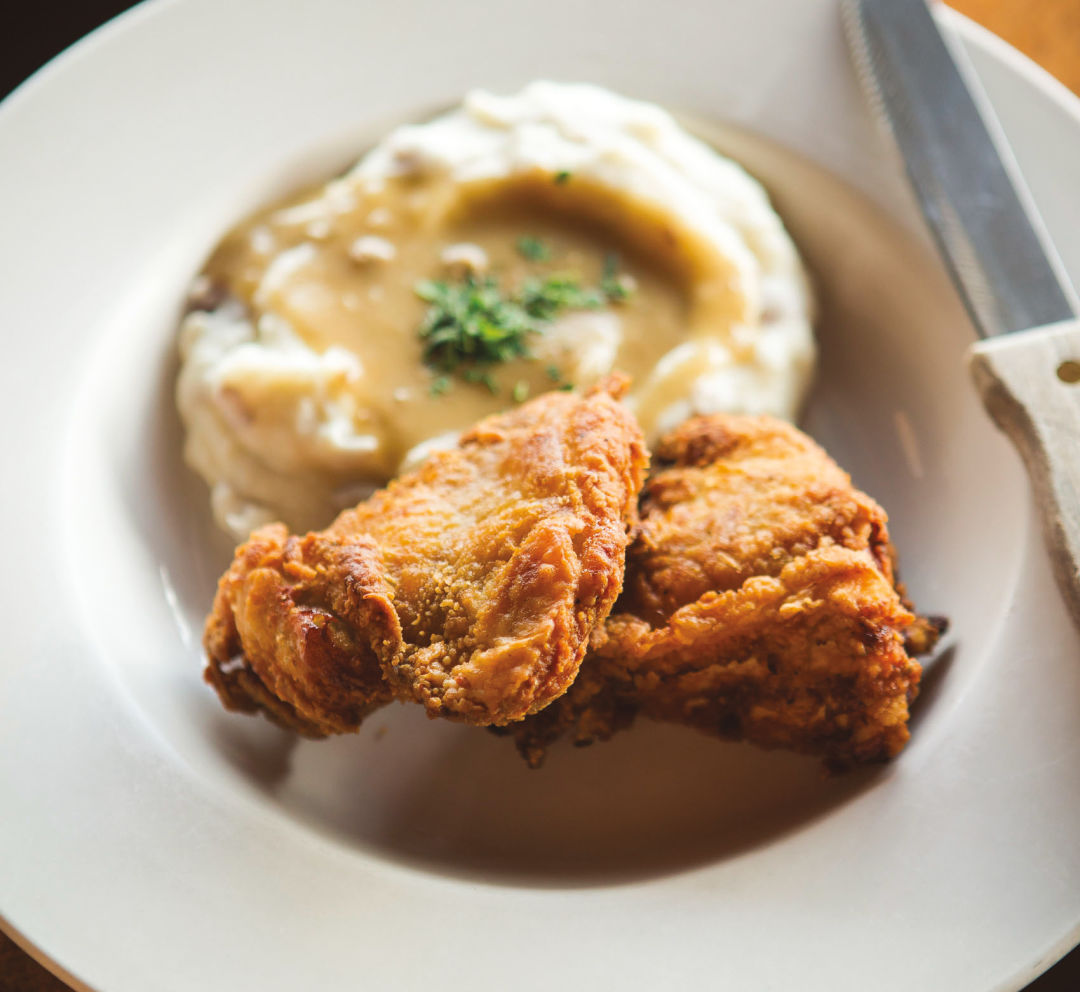
Country Cat’s skillet-fried chicken stands the test of time.
Image: Courtesy Nashco Photo
The Country Cat
Other Restaurants: Country Cat at PDX (2015), Ferne + Holly pop-up (2017)
Cookbooks: Heartlandia (2015)
When Adam and Jackie Sappington commenced spreading Americana charm at this Montavilla spot, Portland’s hyped dining scene was just revving up. The butcher (Adam) and the scratch baker (Jackie) brought a new level of whole-animal cooking and grown-up service to the comfort food table, morning and night. Bourbon-goosed challah French toast smothered in clabber cream and berry ooze. Skillet-fried chicken with tangy sour cream spuds drowned in bacon-hunky gravy. Today, the Cat’s self-described “glorified gramma cuisine,” revolving around a hog butchered in-house weekly, has become the city’s neighborhood dining blueprint, and years of accolades seem only to root the kitchen more firmly in our regional bounty.
Weekend brunch lines still curl around the corner. Families crowd in to nibble sweet cream biscuits and toss back Bloody Marys adorned with house “meat candy.” The friendly room now boasts a display of the restaurant’s schmancy one-armed aprons for sale, while a tacky stencil of Guy Fieri’s face mars the wall above the pass (a souvenir of the Food Network star’s 2013 segment on the restaurant). One bite of a breakfast BLT—vivid with herby pesto mayo and thick, crisp-edged pork belly—and you remember why this is the city’s home away from home. When the Sappingtons opened a Cat at the airport, nobody was surprised—who better to serve travelers their first or last bite of Portland? —KC
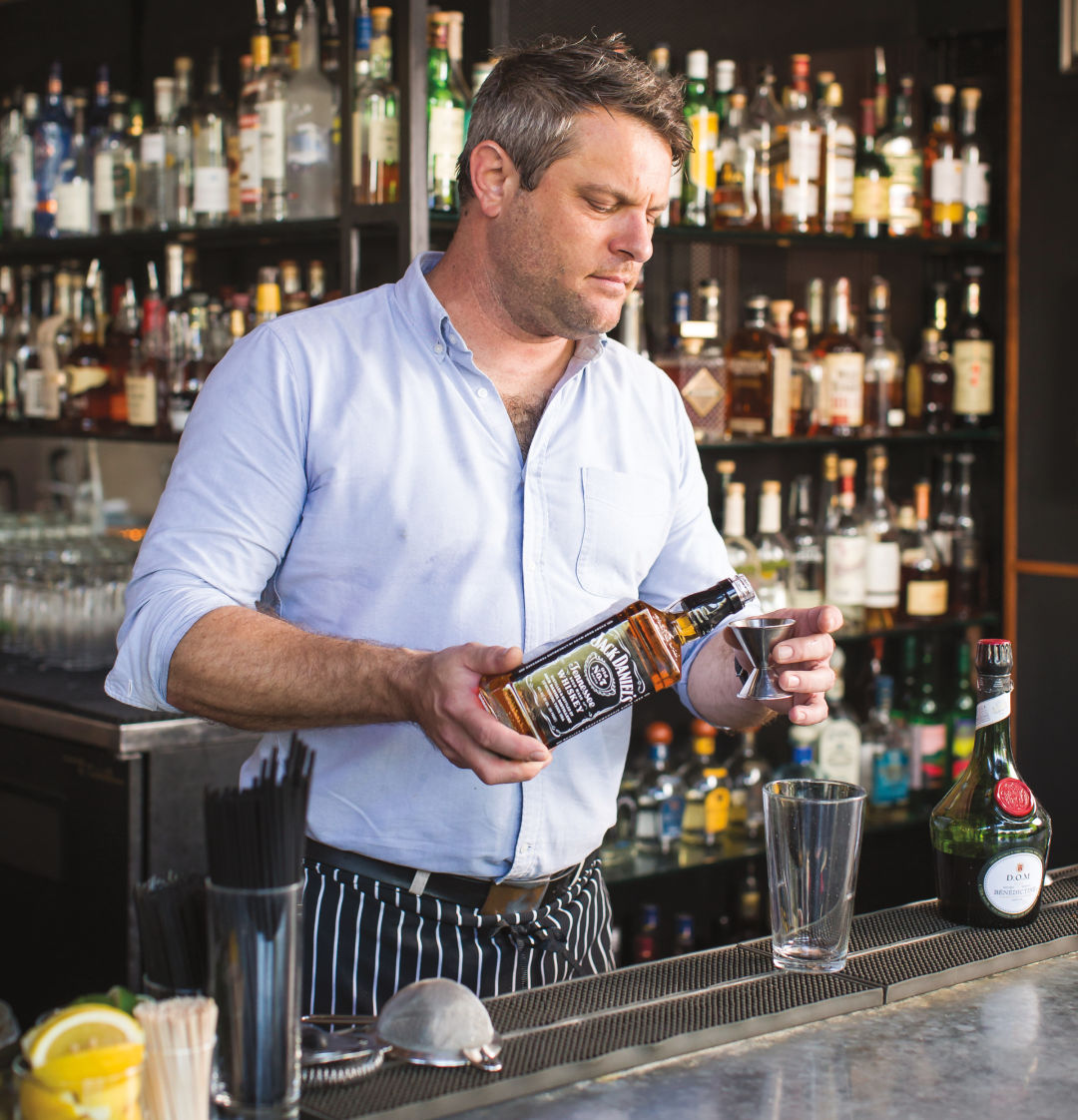
Jeffrey Morgenthaler at Clyde Common
Image: Courtesy Nashco Photo
Clyde Common
Other Restaurants: Olympia Provisions Southeast (2009), Spirit of ’77 (2010), OP Northwest (2011), The Richmond Bar (2013), Pépé le Moko (2014), OP Wurst (2016), Bar Casa Vale (2016).
Cookbooks: Jeffrey Morgenthaler’s The Bar Book (2014), Olympia Provisions (2015)
Imagine 2007: Portland was freaked out about gentrification, a right-wing Administration, and a downtown-transforming hotel boom. Yes, Clyde Common’s birth, alongside the Ace Hotel on SW Stark, still resonates—as does then-rookie restaurant owner Nate Tilden’s original plan. He envisioned an all-comers meeting place with an ever-flexible (but regionally influenced) gastropub kitchen and a great bar. A decade later, Tilden is involved in a fleet of restaurants. Clyde still ticks those boxes.
In 2009, a young arrival from Eugene, Jeffrey Morgenthaler, took over the bar, launching himself to a book deal, a Playboy column, and, in 2016, the American Bartender of the Year title. His “Bourbon Renewal” and barrel-aged negroni reign on as legit modern classics.
Chefs have come and gone, bringing and leaving a mash-up of intercontinental influences that still linger on the menu. A recent dinner had its moments: tōgarashi- spiced popcorn, a happy-hour staple; a sprightly grilled trout. And it had its misses, namely an indistinct pile-up of roasted eggplant, burnt yogurt, and bulgur, and some gnarly goat ribs in anemic green curry that felt like stunt casting.
But then, Clyde Common never affected the culinary auteur theory that often informs Portland’s darlings of the moment. Instead, Tilden and his shifting teams of talent created an enduringly necessary restaurant: here, you could end up next to a local power broker or a Japanese tourist, all of you united by a $6 happy hour cocktail. —ZD
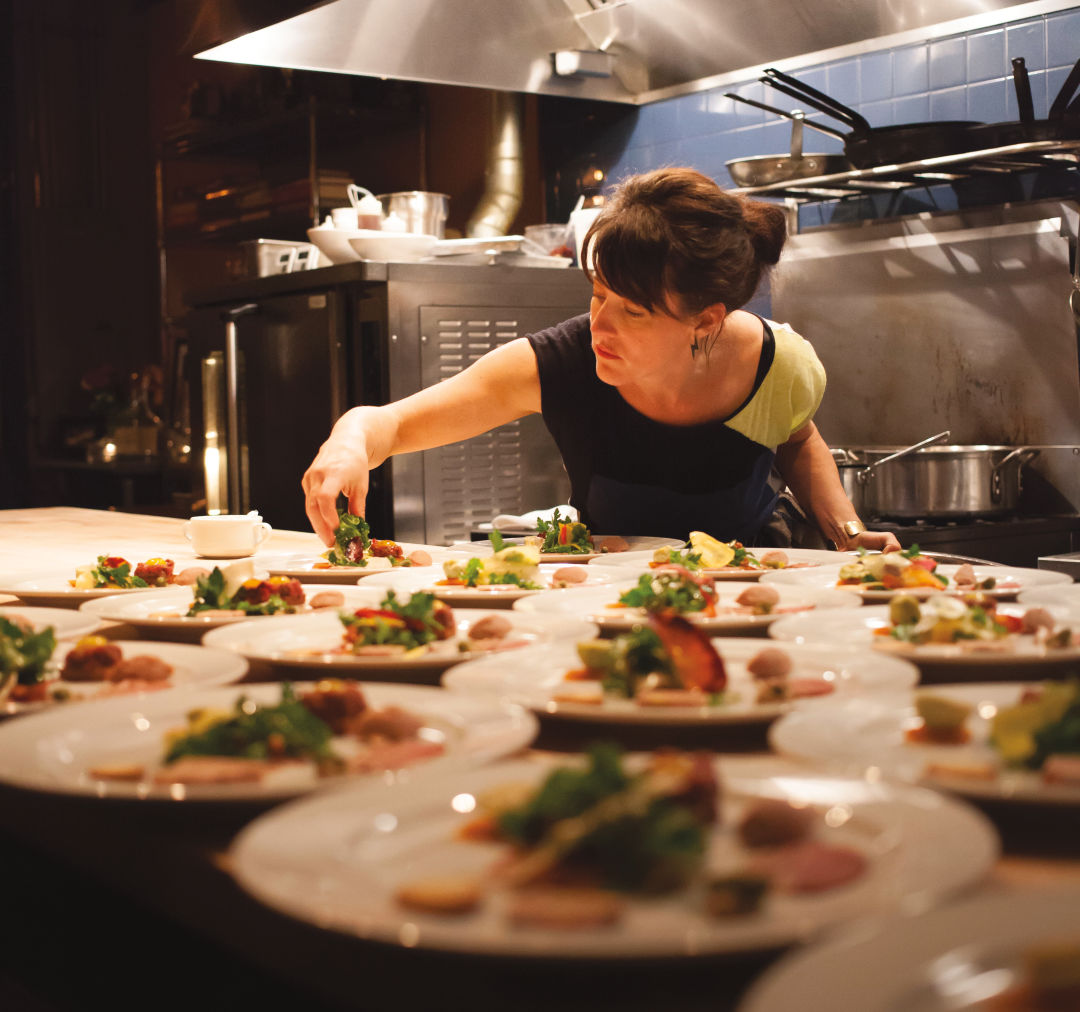
Naomi Pomeroy at Beast
Image: Stuart Mullenberg
Beast
Other Restaurants: Expatriate (2013)
Cookbooks: Taste & Technique (2016)
Surely you’ve heard of Naomi Pomeroy. She’s the firebrand. The meat queen-turned-celebrity chef. The cookbook author and James Beard Award winner. We watched, gossiped about, and kvelled over every story: the implosion of her renegade Ripe supper club, a divorce that played out in the press, an Iron Chef smack-down, the shout-out from Oprah’s O magazine. Her DIY, rags-to-national-culinary-riches story is our story, both tracking and powering the gutsy rise of Portland to a major food city. She’s influenced every step along the way: the communal tables, the choreographed tasting menus, the parade of soul-satisfying dishes, the intimate dinner party vibe. It’s hard to remember how radical it all seemed in 2007.
Beast is no longer your sassy little sister kicking out foie gras bonbons, candied bacon, and intense chocolate truffle cake. Today’s incarnation is all grown up, polished but delightful, like seeing Blondie at the Schnitz. Prix fixe menus remain the mode for dinner and Sunday brunch, but flavors are now more familiar to followers of seasonal contemporary cooking, from pretty pastas to citrus-poached octopus terrine. Once upon a time, girl power ruled the Beast space. Now, men—men!—dominate the open kitchen, with Pomeroy as behind-the-scenes director. And while substitutions are still “politely declined,” the kitchen will make exceptions with advance notice. With growth and success, Beast has evolved into a modern kitchen. If you want an adventure, go to Pomeroy’s Expatriate bar across the street. If you want something accessible, confident, and beautiful, shared with strangers at a table, Beast is your animal. —KB
